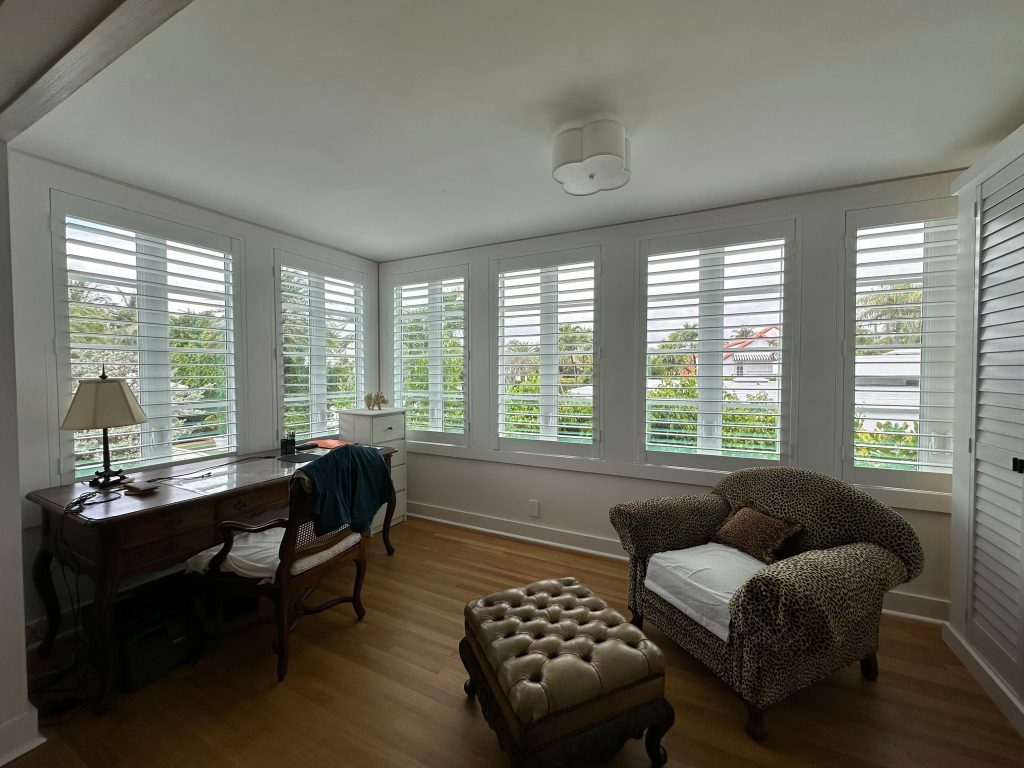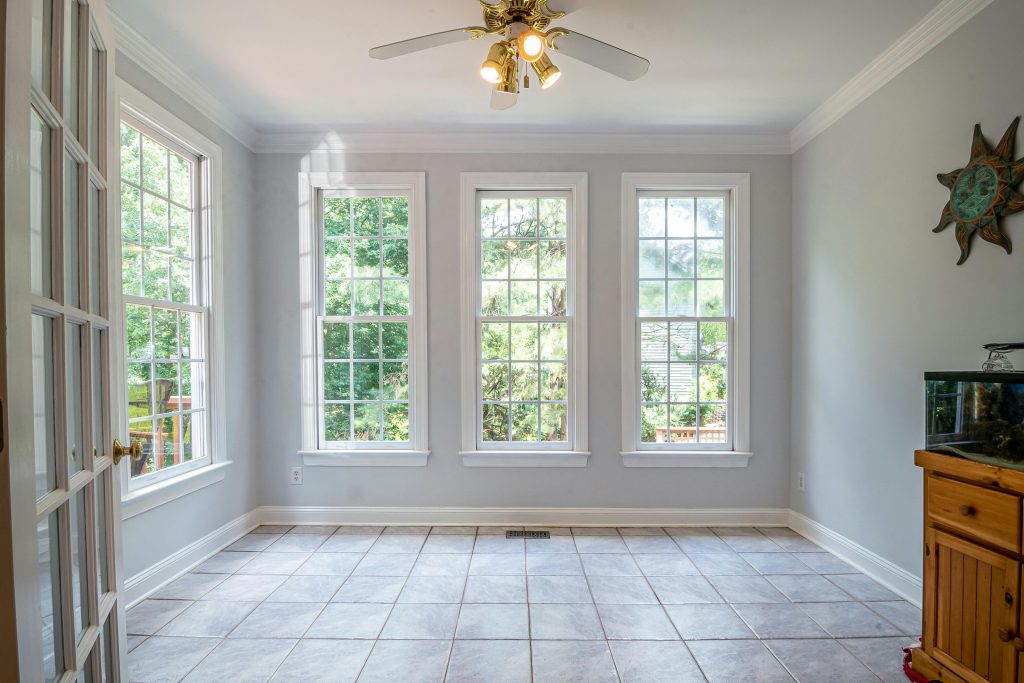Imagine walking into a room bathed in natural light, the perfect balance of warmth and coolness embracing you gently. Yet, hidden behind this serene moment is a common problem many homeowners face: their windows are old, drafty, and inefficient. This is where the idea of Windows Replacement steps in, not just as a home improvement project but as a smart investment that transforms your living space both functionally and aesthetically.
Windows Replacement can feel overwhelming at first. The market is flooded with options, from double- to triple-pane glass, frames made of vinyl, wood, or aluminum, and countless styles and finishes. But at its heart, Windows Replacement is about more than just swapping out windows, it’s about improving energy efficiency and elevating your home’s style in one seamless upgrade.
In this comprehensive guide, you will learn how to approach Windows Replacement thoughtfully and strategically. We’ll explore why energy efficiency matters today more than ever, how modern replacement windows can drastically reduce heating and cooling costs, and which materials provide the best insulation. You’ll also discover tips for choosing window styles that complement your home’s architectural design, boosting curb appeal and personal comfort.
Additionally, this guide will demystify the installation process and offer expert advice on timing, budgeting, and selecting a trusted contractor. You’ll come away equipped to make informed decisions, ensuring your Windows Replacement project enhances your home’s value while lowering your energy bills.
Get ready to turn those old, inefficient panes into a gleaming feature of your home that offers year-round comfort and style. Whether you want to embrace a more eco-conscious lifestyle or simply want to refresh the aesthetics of your living space, this Windows Replacement guide has the insights you need for a successful transformation.
Table of Contents
ToggleKey Takeaways
- More than a home upgrade: Windows replacement improves energy efficiency, comfort, and aesthetics, making it a high-impact investment for any home.
- Energy efficiency first: Modern windows with double or triple panes, Low-E coatings, and insulated frames can reduce heating and cooling costs by up to 30%.
- Smart materials matter: Vinyl, fiberglass, and wood-clad frames minimize heat transfer, improving insulation and long-term performance.
- Sustainability built in: Choosing recyclable materials and Energy Star-certified models supports eco-friendly living and lowers carbon footprints.
- Design transformation: New windows redefine your home’s look—enhancing light, views, and curb appeal while reflecting your personal style.
- Professional installation counts: Proper fitting and sealing ensure durability, prevent leaks, and maximize efficiency gains.
- Financial benefits: Though an upfront investment, quality window replacements can raise property value and deliver long-term energy savings.
- Comfort and ambiance: Modern windows regulate temperature and reduce noise, creating a more serene, healthy indoor environment.
- Holistic improvement: Windows replacement unites technology, design, and sustainability to create a stylish, efficient, and eco-conscious home.
Why Windows Replacement Is More Important Than You Think
When it comes to upgrading your home, one of the most impactful yet often overlooked improvements is windows replacement. This process involves removing old, inefficient windows and installing new ones that provide better insulation, enhanced aesthetics, and increased energy efficiency. While many homeowners might associate window replacement solely with boosting curb appeal, its true significance runs much deeper, affecting everything from utility bills to overall comfort.
Understanding Windows Replacement
Windows replacement isn’t just about swapping out old glass panes for new ones; it’s a comprehensive upgrade that can drastically change your home’s performance. Modern windows are designed with advanced materials and technology, including double or triple-pane glass, low-emissivity (Low-E) coatings, gas fills between panes, and improved framing materials, all contributing to superior insulation.
According to the U.S. Department of Energy, windows can account for 25%–30% of residential heating and cooling energy use, primarily due to heat loss and gain. This means that outdated windows can be a major source of energy waste, making windows replacement a crucial investment for homeowners looking to reduce their carbon footprint and save money.
The Energy Efficiency Angle
In colder months, inefficient windows let warm air escape and cold air seep in, forcing your heating system to work harder. Conversely, during summer, hot air penetrates your home, driving up cooling costs. A 2019 report by the National Renewable Energy Laboratory highlighted that upgrading to ENERGY STAR-certified windows can save homeowners approximately 12% on energy bills annually. For a typical household, this translates into saving hundreds of dollars each year, which adds up over the lifespan of the windows.
Moreover, improved window performance contributes to a more consistent indoor temperature, eliminating cold drafts and hot spots. This improvement enhances overall comfort, reduces wear and tear on HVAC systems, and supports healthier indoor air quality by minimizing condensation and mold growth.
Beyond Energy: Enhancing Home Style and Value
While the energy savings alone make windows replacement a smart choice, the transformation goes beyond function, it’s about redefining how your home looks and feels. New windows come in various styles, materials, and finishes that can complement or completely alter your house’s aesthetic. Whether you prefer classic wooden frames, sleek contemporary vinyl, or durable fiberglass models, the right replacement windows can elevate your home’s design, increasing curb appeal and property value.
Consider the story of the Smith family from Denver. Their 1980s home was struggling with energy inefficiency and outdated style. After researching, they chose to replace all the windows with energy-efficient models featuring upgraded frames and Low-E glass. Not only did their energy bills drop by 15% within the first year, but the fresh look of their new windows also boosted their home’s market value and made their living spaces brighter and more inviting. The Smiths’ experience illustrates how windows replacement can vivify a home, creating a more enjoyable and sustainable environment.

Conclusion
In sum, windows replacement is far more than a cosmetic fix; it’s a strategic upgrade that improves energy efficiency, comfort, and home style simultaneously. As energy costs rise and environmental concerns grow, investing in high-performance replacement windows becomes an essential step for any homeowner committed to a greener, more beautiful home. Whether your goal is to save money, reduce your carbon footprint, or revamp your living space, windows replacement offers tangible benefits that extend well beyond the glass panes.
How to Apply Windows Replacement Step by Step for Maximum Energy Efficiency and Style
Replacing your windows is a transformative home improvement project that not only upgrades your space aesthetically but also significantly boosts your energy efficiency. To ensure you get the most out of your windows replacement, it’s essential to follow a clear, step-by-step process. Here’s a comprehensive guide on how to apply windows replacement effectively, combining enhanced energy performance with a stylish home upgrade.
Step 1: Assess Your Current Windows and Home Needs
Before diving into the windows replacement project, start with a thorough assessment of your existing windows and your home’s unique requirements.
– Evaluate Energy Efficiency: Check for drafts, condensation, or visible damage. Drafty windows often cause energy loss, increasing heating and cooling bills.
– Measure Precisely: Accurate measurements of window openings are critical. Measure height, width, and depth from inside and outside to ensure your new windows fit perfectly.
– Consider Home Style: Think about the architectural style of your home. Do you want to match the original look or introduce a modern twist? Balancing style and function will inform your window selection.
Step 2: Choose the Right Type of Replacement Window
Windows replacement includes a variety of options, each offering different benefits in terms of energy efficiency and design.
– Double or Triple Pane Glass: Opt for multi-pane glass units with low-emissivity (Low-E) coatings to reduce heat loss and solar gain.
– Frame Material: Vinyl, wood, aluminum, and fiberglass frames all have unique insulation properties. Vinyl and fiberglass tend to provide superior thermal performance.
– Window Styles: Decide between double-hung, casement, sliding, or picture windows based on both ventilation needs and exterior aesthetics.
Step 3: Select Energy-Efficient Features
To improve energy efficiency with your windows replacement, look for certifications and features that guarantee performance.
– Energy Star Certification: Choose windows that have the Energy Star label for your climate zone.
– Gas Fills: Windows filled with argon or krypton gas between panes improve insulation.
– Warm Edge Spacers: These reduce heat transfer around the glass edges.
– Proper Sealing: Ensure the window units come with weatherstripping and high-quality seals to prevent air leakage.
Step 4: Plan Your Budget and Timeline
Windows replacement can range widely in cost depending on materials and complexity.
– Set a Realistic Budget: Factor in costs for materials, professional installation, and potential additional repairs like trim work or drywall.
– Timeline: Professionally replacing windows often takes a day or two per window, but plan for potential delays due to weather or custom orders.
Step 5: Hire Professional Installers or DIY?
Windows replacement requires precision; deciding whether to hire experts or take on the project yourself depends on skill level.
– Professional Installation Benefits: Certified installers will ensure proper fit, air sealing, and code compliance, protecting your investment.
– DIY Considerations: If you have experience and the right tools, replacing windows yourself can save labor costs, but mistakes can reduce efficiency.
Step 6: Removal of Old Windows and Site Preparation
Proper removal of old windows prevents damage and prepares the opening for new installation.
– Careful Removal: Avoid damaging surrounding walls and trim to maintain structural integrity.
– Clean and Inspect: Clear the opening of debris, inspect framing for rot or damage, and repair as needed to create a solid base.
Step 7: Installation of New Windows
– Dry Fit First: Test the new window in the opening before sealing.
– Level and Shim: Use shims to ensure the window is perfectly level and square.
– Secure and Seal: Fasten the window according to manufacturer instructions and apply high-quality caulk around the edges to prevent air and water leaks.
– Insulate Gaps: Fill gaps between the window frame and wall with low-expansion foam insulation without overfilling.
Step 8: Finishing Touches and Inspection
– Install Interior and Exterior Trim: Restore or upgrade trims to enhance style and seal gaps.
– Final Inspection: Check for smooth operation, airtight sealing, and aesthetic finish.
– Clean Up: Remove all debris and safely dispose of old windows and packaging.
Example Visual Layout of the Process
1. Assessment & Measurement
2. Selecting Window Style and Energy Features
3. Removal and Preparation
4. Installation and Sealing
5. Final Trim and Inspection
Conclusion
By following these detailed steps, your windows replacement project will not only enhance your home’s style with carefully selected designs but also maximize energy efficiency, helping reduce utility bills and increase comfort year-round. Remember, the key to success lies in choosing the right materials, precise installation, and thoughtful finishing. With the right approach, your new windows will transform your home inside and out.
Tips for a Successful Windows Replacement: Improve Energy Efficiency and Home Style
✅ Choose Energy-Efficient Windows: Opt for double or triple-pane windows with Low-E coatings to reduce heat loss and gain, lowering your energy bills and keeping your home comfortable year-round.
✅ Pick the Right Frame Material: Consider materials like vinyl, fiberglass, or wood-clad frames. Vinyl offers excellent insulation and low maintenance, while wood adds classic style but requires upkeep.
✅ Match Style to Your Home: Select window designs that complement your home’s architecture. From sleek modern casements to traditional double-hung windows, style not only boosts curb appeal but also adds value.
✅ Prioritize Proper Installation: Even the best windows underperform if poorly installed. Hire certified professionals who ensure tight seals and correct alignment to maximize energy efficiency and durability.
✅ Look for ENERGY STAR Certification: Windows with this label meet strict energy efficiency standards, giving you confidence in your investment and potential eligibility for rebates or tax credits.
✅ Consider Window Placement: Strategically replacing windows to optimize natural light exposure while minimizing heat gain or loss enhances both comfort and energy savings.
✅ Inspect and Repair Window Frames: Before full replacement, assess if frames can be repaired or insulated better to improve performance and stretch your budget.
✅ Think About Maintenance: Choose windows that fit your lifestyle, some materials and finishes require minimal upkeep, saving time and long-term costs.
💡 Extra tip: Use window treatments like insulated curtains or cellular shades alongside new windows to further boost your home’s energy efficiency.
By carefully planning your window replacement with energy efficiency and style in mind, you transform your home’s comfort and aesthetic appeal while reducing your environmental footprint.
Key Concepts
Windows replacement, far from being a mere cosmetic adjustment, plays a pivotal role in transforming a home both aesthetically and functionally. At its core, it is an intricate dance between art and science, where the pursuit of energy efficiency meets the desire for enhanced home style.
Imagine your home as a living organism, with windows acting as its sensory organs. Through them enters light, air, and warmth , or, conversely, the cold and drafts of the outside world. Replacing old windows is akin to upgrading these sensory organs, improving how your home perceives and interacts with its environment. This upgrade not only impacts comfort but also how energy flows into and escapes from your living spaces.
Modern Windows for Better Energy Efficiency
Energy efficiency in the context of windows hinges on multiple interrelated factors. Thermal insulation is paramount; the materials and glass technology determine how effectively a window can act as a barrier against heat transfer. Consider low-emissivity (Low-E) coatings on glass as protective shields that reflect heat back inside during winter and deflect it outward in summer, much like a knight’s polished armor adjusting to different battlefields. Additionally, the type of frame, whether vinyl, wood, fiberglass, or aluminum, plays a critical role in minimizing thermal bridging, the silent highway through which energy can escape your home’s warmth.
Windows Replacement for a Stylish, Modern Home
Beyond the technical aspects lies the visual and stylistic transformation that windows replacement bestows upon a home. Windows are the eyes of a house, framing views, shaping the interplay of natural light, and defining architectural character. A well-chosen replacement can alter the home’s personality from introverted to inviting, modern to charmingly rustic, or minimalist to ornately traditional. The style, color, and division of panes impact not only curb appeal but also the emotional resonance a home can evoke.
Modern Windows Replacement for Sustainable Living
The environmental narrative that accompanies window replacement is also deeply rooted in sustainability ideals. Efficient windows reduce reliance on heating and cooling systems, decreasing energy consumption and carbon footprints. Moreover, selecting durable and recyclable materials contributes to a circular economy ethos, ensuring that the replacement process aligns with broader ecological conscientiousness.
The cost implications envelop both immediate investment and long-term savings , a dynamic tension that mirrors planting a tree today whose fruits will be harvested seasons later. All expenditures on better windows can be perceived as an initial loss giving way to the gain of comfort, reduced energy bills, and increased property value.
In essence, windows replacement is a foundational upgrade that serves as a threshold between the inside world of personal comfort and the vast external environment. It is a multidimensional concept woven from threads of design innovation, material science, environmental responsibility, and economic prudence. Recognizing these layers enriches our appreciation of this home improvement endeavor beyond the surface, revealing it as a strategic enhancement of both lifestyle and ecological harmony.
Frequently Asked Questions about Windows Replacement
❓ What are the main benefits of a windows replacement?
A windows replacement improves your home’s energy efficiency by reducing drafts and heat loss. It also enhances your home’s style, increases property value, and can improve sound insulation.
❓ How do I know when it’s time for a windows replacement?
If your windows show signs of damage such as cracks, warping, or difficulty opening and closing, or if you notice higher energy bills, it’s probably time for a windows replacement to boost efficiency and comfort.
❓ What types of windows are best for improving energy efficiency?
Energy-efficient windows usually have double or triple panes, low-emissivity (Low-E) coatings, and gas fills like argon or krypton between panes. These features help reduce heat transfer, keeping your home warmer in winter and cooler in summer.
❓ Can replacing windows really improve my home’s style?
Absolutely! With countless styles, materials, and finishes available, a windows replacement allows you to update your home’s look significantly, matching architectural styles or modern trends while boosting curb appeal.
❓ How long does a typical windows replacement take?
The timeline varies by the number of windows and complexity, but most standard residential windows replacement projects take from a few hours to a couple of days, minimizing disruption while maximizing energy savings quickly.



One Response